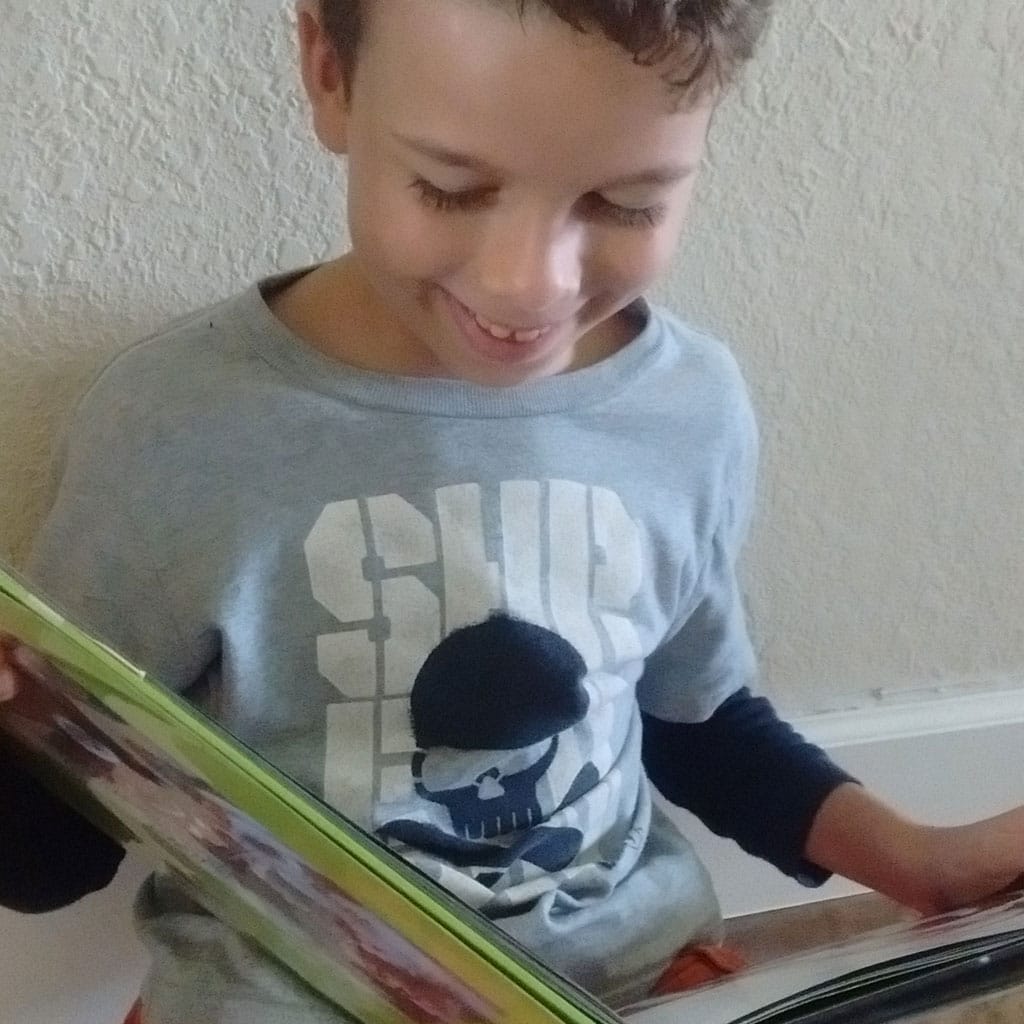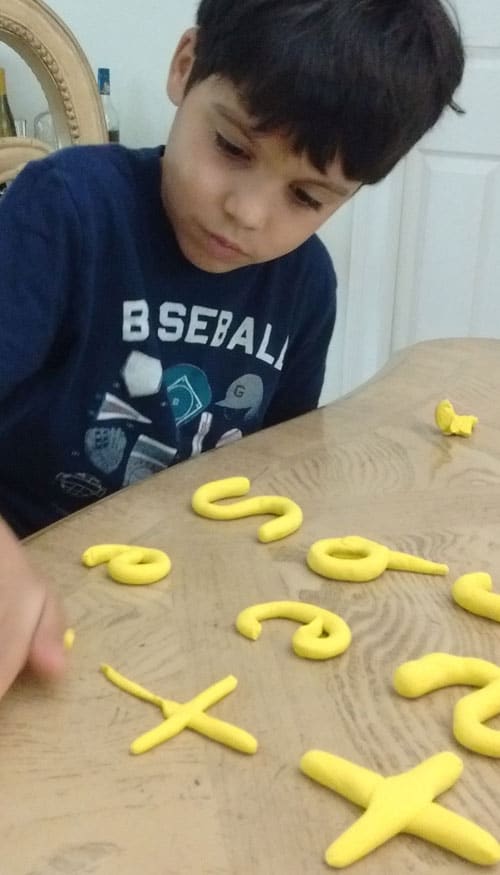The Reading Room uses an “Initial Assessment”, an introductory 1-hour long tutoring session, to determine a student’s current strengths and areas for growth. A number of assessment techniques are used during this first session. Sources for these techniques can be found in the Basic Reading Inventory (Johns, 2008) and Words Their Way (Bear, Templeton, & Johnston, 2004).
These assessments enable us to determine a student’s reading level, decoding/encoding abilities, fluency levels, and comprehension abilities. A separate phonological awareness test can be administered, if a student shows an extreme discrepancy between ability and age. Additionally, a writing sample is taken to observe a child’s skills with letter, sentence, and paragraph formation. These assessments help us to design an individualized plan of improvement for each child.
The Reading Room curriculum consists of ten weekly tutoring sessions lasting one hour each. All hourly tutoring sessions follow a standardized curriculum framework as described below. Additionally, at the end of a 10-week module, a book will be created by the student on a topic of their choice.
While this is our standard curriculum, it can be amended to address the specific needs of a child. For example, test prep, homework help and online assistance with schoolwork are all areas where The Reading Room tutors can provide instruction.
The Curriculum Framework
Each of the one-hour tutoring sessions follows a standardized format developed to maximize the learning experience. A session consists of various reading and learning activities as described here.
The First 10 Minutes – Fluency Activity
A tutoring session will open with a 10-minute fluency activity. This is a preliminary test to gauge the student’s current reading level. An appropriate-level short story is selected and the tutor logs how many correct words are read by the student in one minute. This information is then graphed and added to any previously existing test results. This is a motivator for both the student and the parents as they can see the weekly progress in a graphic display.
The Next 20 Minutes – Targeted Reading
Then there will be a 20-minute targeted reading lesson based on the student’s need in the six big areas of reading. For example, if a student needs help in recognizing the short “e” vowel sound, they would be first introduced to the sound. Then they would practice manipulating alphabet letters to make short “e” words with matching picture cards.
The “Big 6 of Reading” consists of the following instructional areas:
Oral Language – Learning to communicate orally within the child’s environment.
Phonological Awareness – “Awareness of the constituent sounds of words in learning to read and spell” (Harris & Hodges, 1995, p. 187). Phonemic awareness is an important subset of phonological awareness.
Phonics – “A way of teaching reading and spelling that stresses the symbol-sound relationships” (Harris & Hodges, 1995, p. 186).
Fluency – The ability to read with speed, accuracy, and expression.
Vocabulary – The words that an individual knows.
- Receptive vocabulary
- Expressive vocabulary
Comprehension – ‘Comprehension includes understanding what is expressed outright or implied as well as interpreting what is viewed, read, or heard by drawing on one’s knowledge and experiences” (ILA, 2018).
- Reading Comprehension
- Listening Comprehension
The Next 20 Minutes – Shared Reading and Writing Activity
This is followed by a 20-minute shared reading and writing activity. Students choose a book and the tutor and student then either read the book together, echo read it, silently read it, or the tutor would read it aloud to the student. Next, the student would be asked to form a written response to what they have just read. This could include writing a letter to a character in the story, formulating questions and answers about the story, or making a summary of the story. Homework help can replace the shared reading and writing activity if homework has been previously assigned.
The Final 10 Minutes – Student Updates Parents
The final 10 minutes of each session will have the student telling their parents about what they have learned that day. Homework activities to reinforce what the student has learned can be given if recommended by the tutor or requested by the parents. Students will be informally reassessed each week to determine the next session’s goals.
The Student Book
Once the 10-week tutoring module has been completed, the student will then create a small book (or essay) on a topic of their choice. This video is an example of one student’s completed book.
Free Tutoring! Step Up for Students offers $500 scholarships for reading tutoring. Students are eligible for the scholarship if they scored a level 1 or 2 on the reading portion of the Florida Standards Assessments (FSA) in either 3rd or 4th grade. The Reading Room accepts this scholarship and will even invoice Step Up directly for the payment so the parents will have no out of pocket expenses. Additionally, we can provide the tutoring sessions online via Zoom if necessary.
For more information on the scholarship program, see the Step Up for Students website at https://www.stepupforstudents.org/.
To schedule a tutoring session, click this button or click the “One-on-One Sessions” link located under the “Book a Session” Main Menu item.
To schedule a group tutoring session, click this button or click the “Group Sessions” link located under the “Book a Session” Main Menu item.




